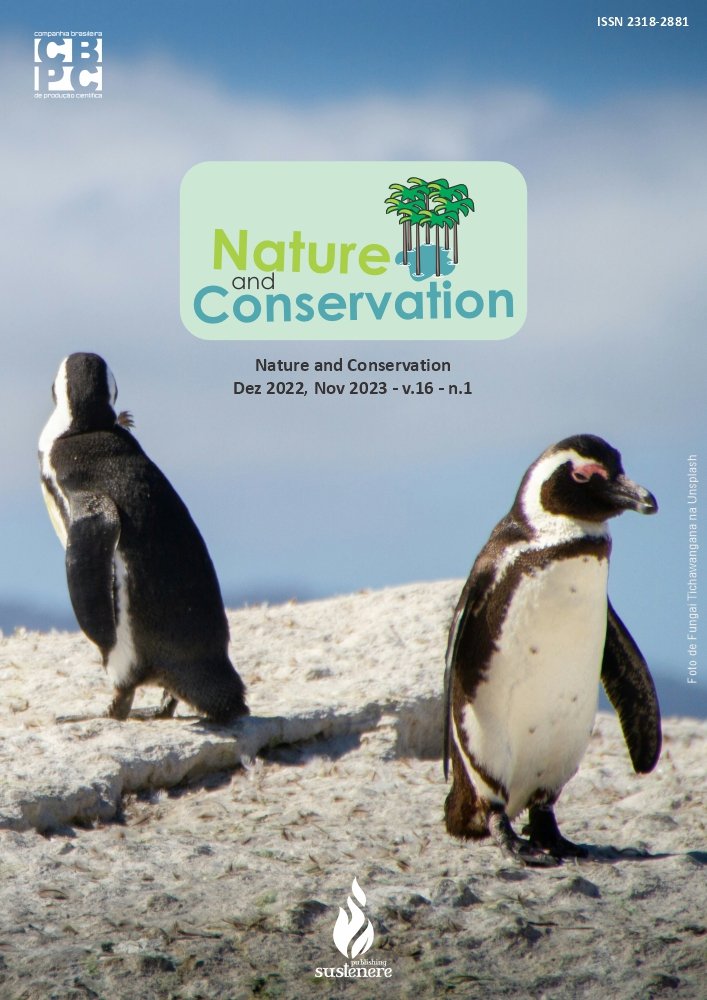Water quality in unit operations in the Macapá water treatment plant
DOI:
https://doi.org/10.6008/CBPC2179-6858.2022.006.0010Keywords:
Water Supply, Jar Test, Monitoring, Time Series, AmazonianAbstract
The objective of the present research was to statistically test the variation of water quality parameters based on indicators of unit operational stages of the Macapá Water Treatment Station (ETAM)/Amapá-Brasil. The methodology consisted of following steps: a) analysis of available time series of water quality parameters (Chlorine (Cl), pH, Turbidity and Apparent Color) during the months of July and August 2016, 2017 and 2019; b) monitoring and verification of water quality parameters (Cl, pH, Turbidity and Apparent Color, Total Coliforms and E. coli (June to August 2021)) to test their compliance with legislation and compare them with historical series, analyzing its variations after the expansion of the ETAM; c) statistically test the influence of independent variables of water quality and operational factors (ETA 1, 2 and 3; Hour; Day; Month; Year; raw water Supply, Flocculation, Decantation, Filtration and Disinfection) on the concentration of Cl ( Kruskal-Wallis, single and multiple regressions, α<0.05). The results showed that the Cl concentration varied significantly with all parameters and factors (except “Month” of Year) (p<0.05). Multiple regression analyzes indicated that Cl concentration was significantly correlated with the variables “Day, Year and Apparent Color of the series” (Raj2(GL=2107, F = 340.1) = 0.33, p<0.001). In the analysis of the current series of 2021, no significant variation of Cl with Total Coliforms and E. coli was observed, being this result paradoxically opposite for the years 2016, 2017 and 2019. In the application of coagulants and polymers in jar tests, failures were observed operational dosages, indicating inefficiency in the control of chemical inputs at ETAM. We concluded that the variation of the water quality parameters of the historical series is dependent on operational factors (ETA, Stage, Hour, Day and Year). However, the hypothesis of improved water quality after the expansion of ETA2 was not confirmed (p<0.01). That is, the modernization of the infrastructure did not positively impact the overall efficiency of ETAM. On the contrary, the quality of the treated water did not meet those established by Ordinance GM/MS No. 888, of 05/4/2021. That is, ETA3 was not more efficient in disinfection by Cl than the first ones. Thus, the hypothesis that the improvement of the ETAM infrastructure did not directly impact the efficiency and compliance of the produced water quality standards is confirmed. This fact reduced its operational potential and did not lead to an increase in the operational efficiency of unit operations.
Downloads
Downloads
Published
Issue
Section
License
Copyright (c) 2023 Ibero-American Journal of Environmental Sciences

This work is licensed under a Creative Commons Attribution-NonCommercial-NoDerivatives 4.0 International License.
The CBPC - Companhia Brasileira de Produção Científica (Brazil CNPJ: 11.221.422/0001-03) the material rights of the published works. The rights relate to the publication of the work anywhere in the world, including rights to renewals, expansions and dissemination of the contribution, as well as other subsidiary rights. All electronically published works may subsequently be published in printed collections under the coordination of this company and / or its partners. The authors preserve the copyright, but are not allowed to publish the contribution in another medium, printed or digital, in Portuguese or in translation.









